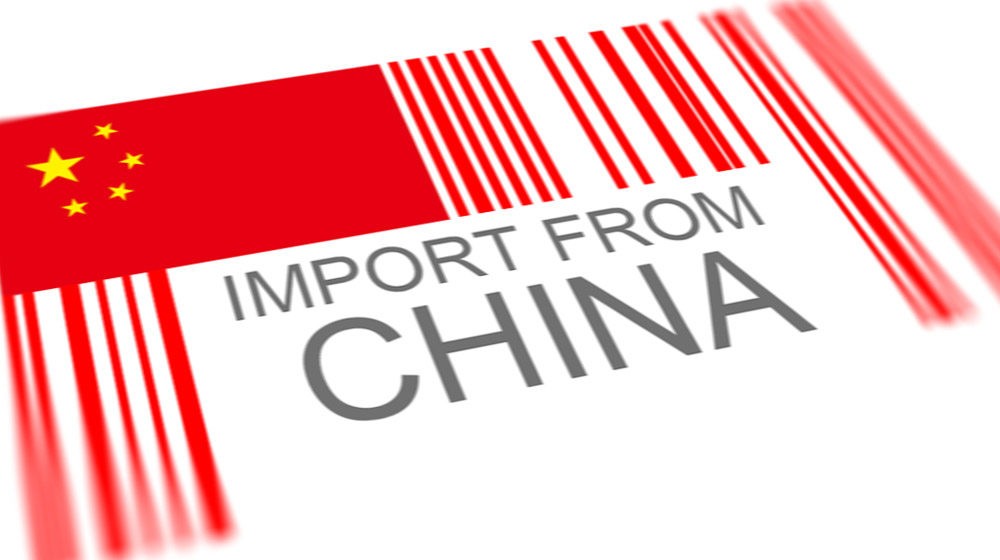The trade relationship between India and China is one of the most significant in the world, with both countries being major players in the global economy. While India exports various goods and services to China, its imports from its neighbor across the Himalayas are substantial and diverse. In this comprehensive guide, we’ll delve into the intricacies of India’s imports from China, exploring the range of products that flow across their borders and the implications of this trade relationship.
1. Electronics and Electrical Equipment:
One of the most prominent categories of imports from China to India is electronics and electrical equipment. China is known as the world’s electronics manufacturing hub, producing a vast array of consumer electronics, including smartphones, televisions, computers, and other electronic gadgets. India relies heavily on Chinese imports to meet its domestic demand for electronic goods, making this category a significant component of India’s imports from China.
2. Machinery and Mechanical Appliances:
China is a leading producer of machinery and mechanical appliances, ranging from industrial equipment to household appliances. India imports a substantial amount of machinery and mechanical appliances from China, including machinery parts, power generators, pumps, and air compressors. These products cater to various sectors of the Indian economy, including manufacturing, construction, and infrastructure development.
3. Organic Chemicals:
India imports a significant quantity of organic chemicals from China, which are used in various industries such as pharmaceuticals, agriculture, and manufacturing. Organic chemicals imported from China include polymers, fertilizers, dyes, and pharmaceutical intermediates. The availability of affordable organic chemicals from China has made it a preferred source for Indian importers, driving substantial trade in this category.
4. Pharmaceuticals:
China is a major supplier of pharmaceutical raw materials and active pharmaceutical ingredients (APIs) to India’s pharmaceutical industry. Indian pharmaceutical companies rely on imports from China for critical raw materials used in the production of medicines and healthcare products. However, concerns about the quality and reliability of Chinese pharmaceutical imports have prompted calls for increased domestic production and reduced dependence on imports.
5. Iron and Steel:
China is one of the world’s largest producers of iron and steel, and India imports a significant quantity of these metals from its neighbor. Iron and steel imports from China include various forms such as ingots, bars, rods, and sheets, which are used in construction, infrastructure projects, and manufacturing. India’s reliance on Chinese imports for iron and steel has raised concerns about its domestic steel industry’s competitiveness and self-sufficiency.
6. Plastics and Plastic Products:
Plastics and plastic products are among the top imports from China to India, reflecting the growing demand for plastic materials in various sectors such as packaging, construction, and consumer goods manufacturing. China exports a wide range of plastic products to India, including plastic resins, polymers, packaging materials, and household plastic items. The affordability and versatility of Chinese plastic products have contributed to their popularity in the Indian market.
7. Optical and Medical Instruments:
China is a leading manufacturer of optical and medical instruments, supplying a wide range of products such as eyewear, lenses, surgical instruments, and medical devices to India. Indian healthcare facilities, laboratories, and consumers rely on imports from China for high-quality optical and medical equipment. However, concerns about product quality and regulatory compliance have emerged, prompting calls for stricter quality control measures and domestic production capabilities.
8. Vehicles and Automotive Parts:
India imports vehicles and automotive parts from China, including passenger cars, motorcycles, auto components, and spare parts. Chinese automakers have made inroads into the Indian market, offering competitively priced vehicles and components to Indian consumers and manufacturers. However, the influx of Chinese vehicles and parts has raised concerns about their impact on India’s domestic automotive industry and employment.
9. Apparel and Textiles:
China is a major exporter of apparel and textiles, supplying a wide range of clothing, fabrics, and textiles to India’s fashion and textile industries. Indian retailers and consumers rely on Chinese imports for affordable and trendy apparel, textiles, and accessories. However, competition from Chinese imports has posed challenges for India’s domestic textile industry, leading to calls for measures to boost domestic production and competitiveness.
10. Toys and Games:
China is the world’s largest producer and exporter of toys and games, supplying a wide range of products to markets around the globe, including India. Indian consumers, especially children, rely on Chinese imports for toys, games, and recreational products. However, concerns about product safety and quality standards have emerged, prompting calls for stricter regulations and quality control measures for imported toys and games.
In conclusion, India’s imports from China span a wide range of products across various industries, reflecting the depth and complexity of their trade relationship. While Chinese imports have played a significant role in meeting India’s demand for affordable goods and materials, they have also raised concerns about their impact on domestic industries, employment, and product quality. As India continues to navigate its trade relationship with China, balancing the benefits and challenges of imports from its neighbor will remain a key priority for policymakers, businesses, and consumers alike.
